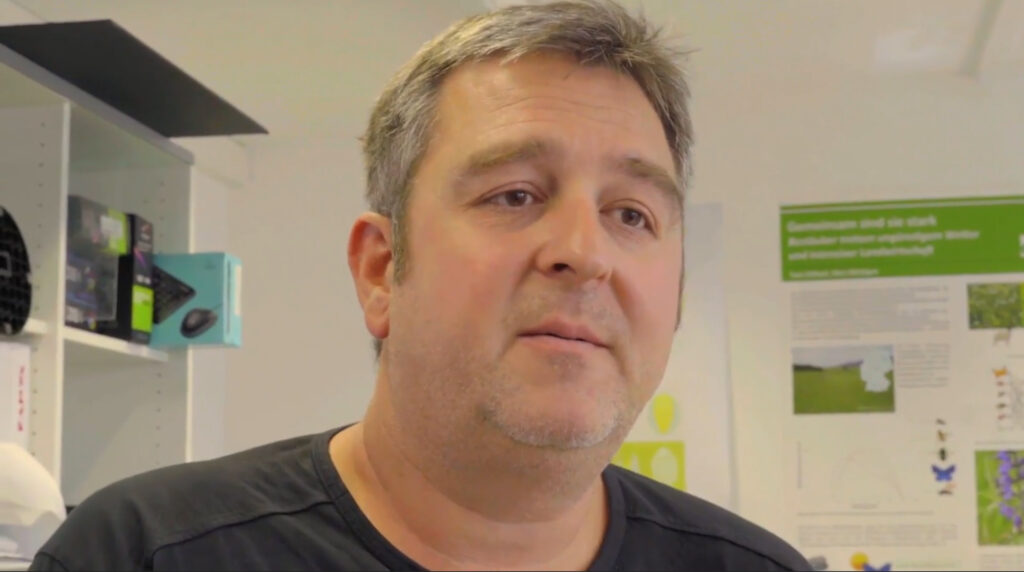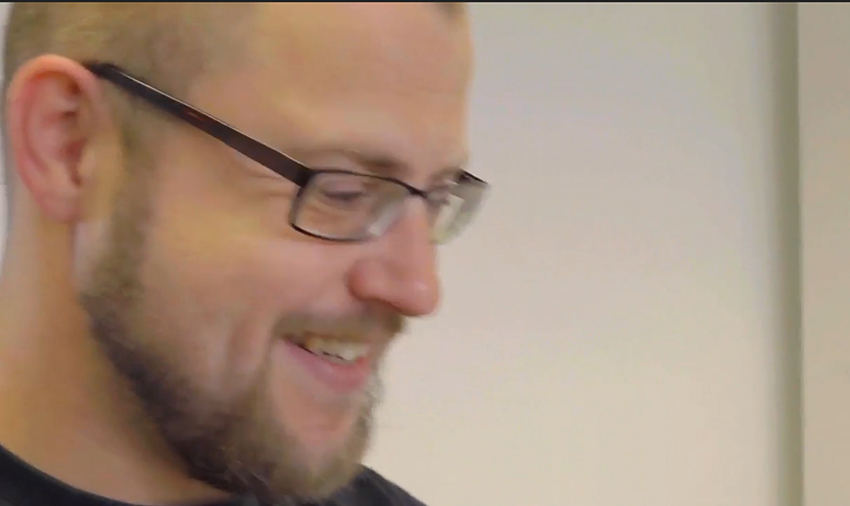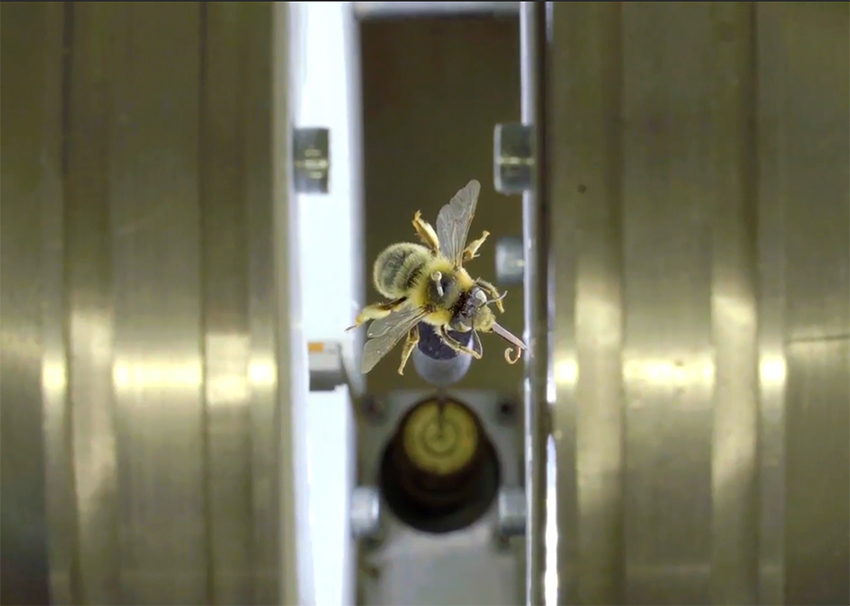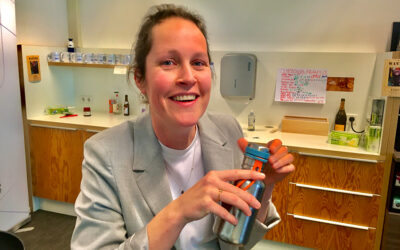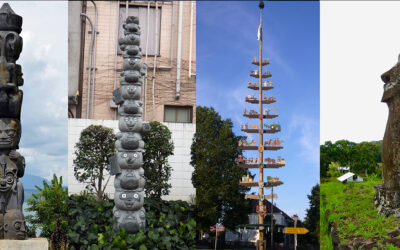In our quest to find Europe’s most advanced 3D scanning facility, we encountered the Department for Ecological Networks at Darmstadt University of Technology. We promptly scheduled a meeting with Michael to introduce our concept of the City as a (temporary) Nature Reserve and the BeeTotem for RefuBees to several researchers from the department. The response was overwhelmingly positive, with a strong enthusiasm for our ideas.
During our discussions, some researchers suggested that the term “Totemism” might not be ideal in German-speaking communities due to the potentially misleading connotation of the first part of the word, “Tot,” which means “death” in German. They were concerned that it could be misconstrued as esoteric or New Age, which wouldn’t garner much support. Nonetheless, our brainstorming session that followed the presentation was filled with both laughter and valuable insights. We received numerous creative ideas and suggestions on how to implement our concept in local neighborhoods.
The 3D scanning equipment employed for capturing the intricate details of the bee specimens is sourced from a distinctive non-profit organization known as Dinarda, which specializes in curating a digital archive of historical nature-related data. Sebastian has played a pivotal role in providing substantial assistance, investing significant time and effort in meticulously conducting the scans and refining the digital files to ensure their quality and accuracy.
Image: stills from video in conversation with Michael Heethoff and Sebastian Schmelzle
